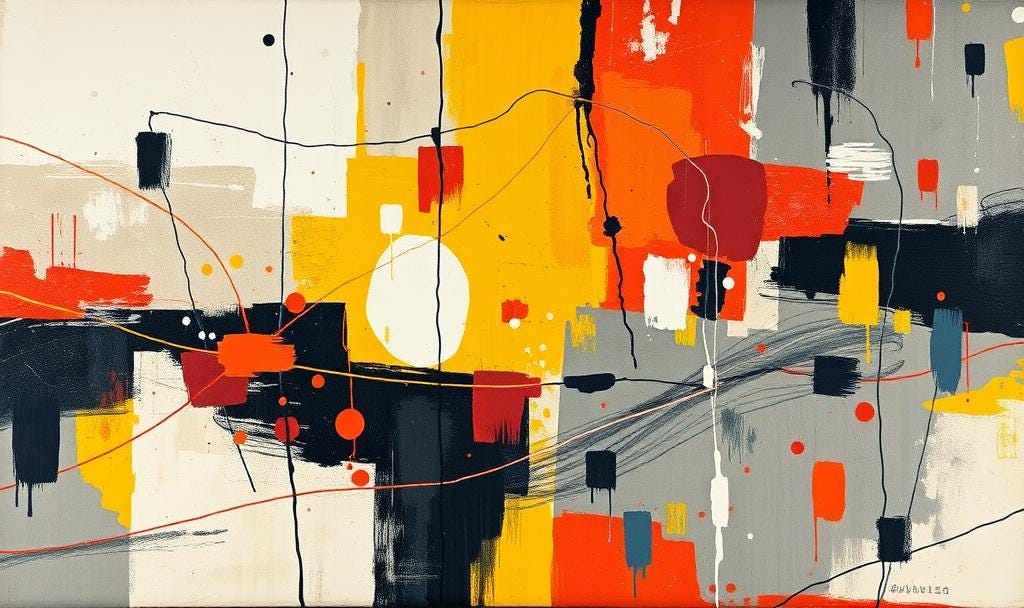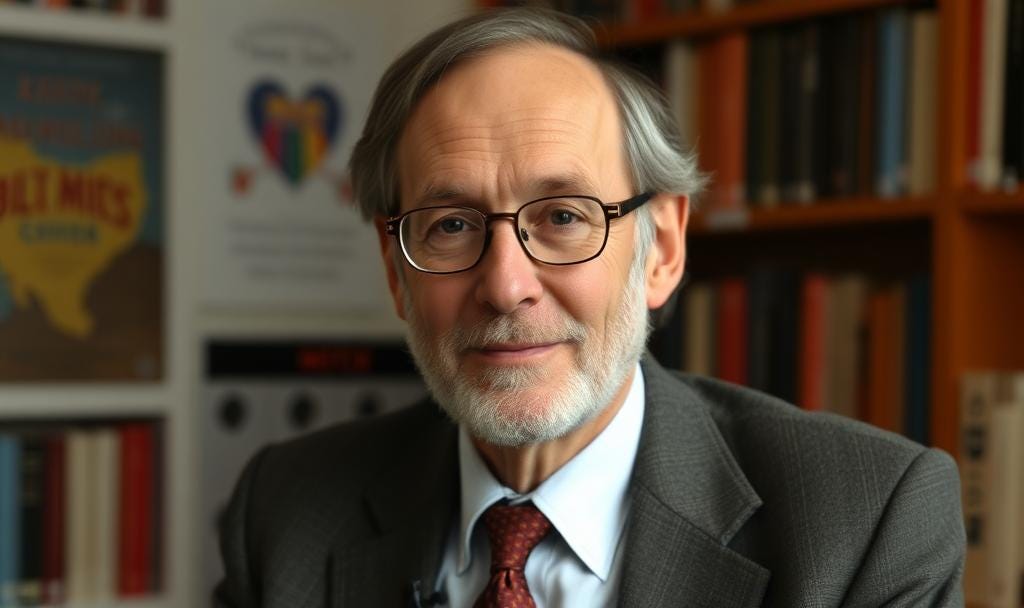I finished the first year of college physics when I was fourteen years old.
I was a student in something called the Individualized Honors Program (IHP). In order to get into IHP, one had to have an I.Q. above about 150. Our math teacher had a master’s degree from M.I.T.. We did graduate level mathematics — groups, rings, and fields, as middle school students.

In our social studies class, we did a unit on communism. Our teacher was a rather diminutive Belgian fellow whom we called “The Brussels Sprout.” The class was divided into groups of three or four students, each responsible for one aspect of life in the Soviet Union. I was charged with the task of making a presentation to the class about communist theory.
At this point in my political evolution, I find the young George Bernard Shaw to be more salubrious than Vladimir Lenin. I am a civil libertarian Christian Socialist. There’s a book called As Free and as Just as Possible: A Theory of Marxian Liberalism, and I’d like to read it.
Our English teacher taught us the rules of verse. We learned to scan a poem, and we learned about iambic pentameter, dactyls, and spondees. We read Homer’s Odyssey and learned that it was written in hexameter. We were taught how to use “lay and lie” correctly. Everybody gets that wrong.
In high school, I had two years of acrylic painting with a truly wonderful teacher. We stretched our own canvases. I became very fond of abstract expressionism, and Francis Stonor Saunder’s work interests me very much. The socialist realism of the 1930s scared powerful people, so, as Saunder’s points out in her book The Cultural Cold War: The CIA and the World of Arts and Letters, the CIA decided it was going to support abstract art.
During a visit to M.I.T. as a prospective freshman, I had a remarkable encounter with a professor. I had been reading The Structure of Scientific Revolutions by Thomas Kuhn. I found a class schedule and saw that there was a course in the Philosophy of Science. Being quite interested in this topic, I sat in on the class. The teacher was very animated, talking about “paradigm shifts” (a phrase Kuhn originated) and “normal science.” After the lecture, I approached the Professor and said, “I notice you use a lot of Kuhn’s terminology. Are you familiar with his work?” “I am Kuhn,” he replied.Not at all put off, he engaged me in a conversation that must have lasted five or ten minutes.
Thomas Kuhn
I think that one of the best things about any college or university campus is the International House, or, if the school doesn’t have one, foreign student housing of any kind. Berkeley’s I-House, in which I lived, accommodated so many fascinating people, and there was so much to be learned from them about their cultures, societies, and governments. They invigorated the student culture and America, and our countries cross-pollinated.
I met a South African who piqued my interest in his country, and he, together with a friend from my freshman year whose father was a civil rights advocate, helped to form my intention to be of service to the anti-apartheid movement.
At prestigious schools, international students tend to be the sons and the daughters of powerful and wealthy people — in short, members of the ruling classes of the countries they come from.
While studying in the United States, they not only learn a great deal about America (including its foreign policy), but they also share with their fellow students and their professors invaluable lessons about the wider world.
Also, you can make a one-time donation using Cash App (my username is $DHKerby), Chime ($DHKerby), or Venmo (@DHKerby).
I promise to give half of any one-time donations to the homeless and to organizations that support them.













Thank you for sharing these details from your early development. They provide new clues to the breadth and depth of your interests that are only hinted at in your poetry and prose posts. It has been a fascinating journey so far and I eagerly await more revelations.